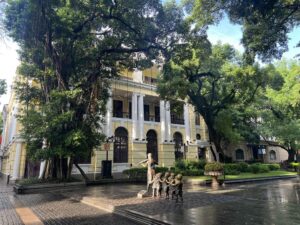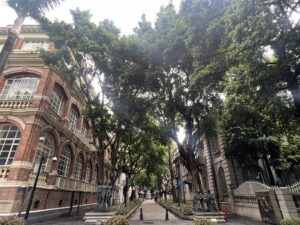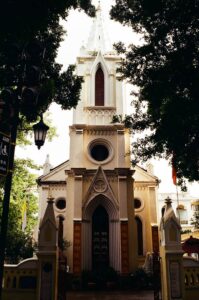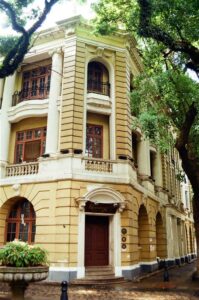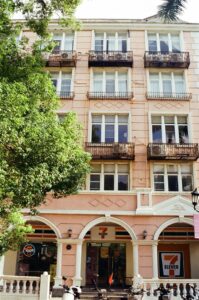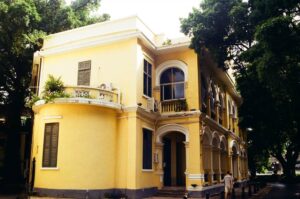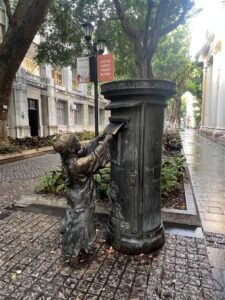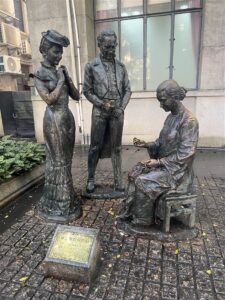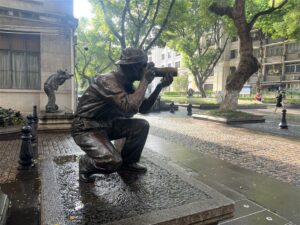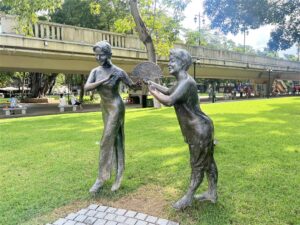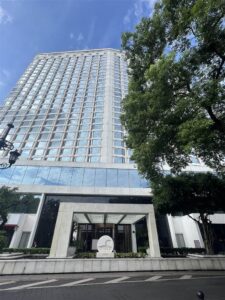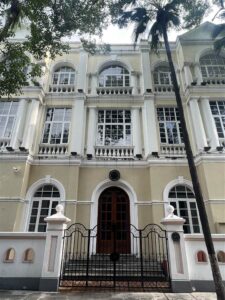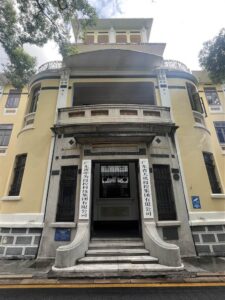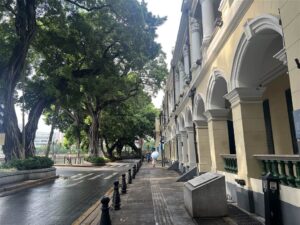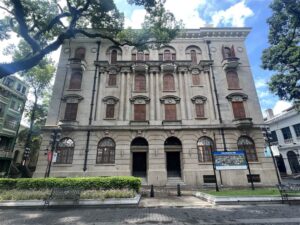The City of Rams — Colonial Architecture in Shamian
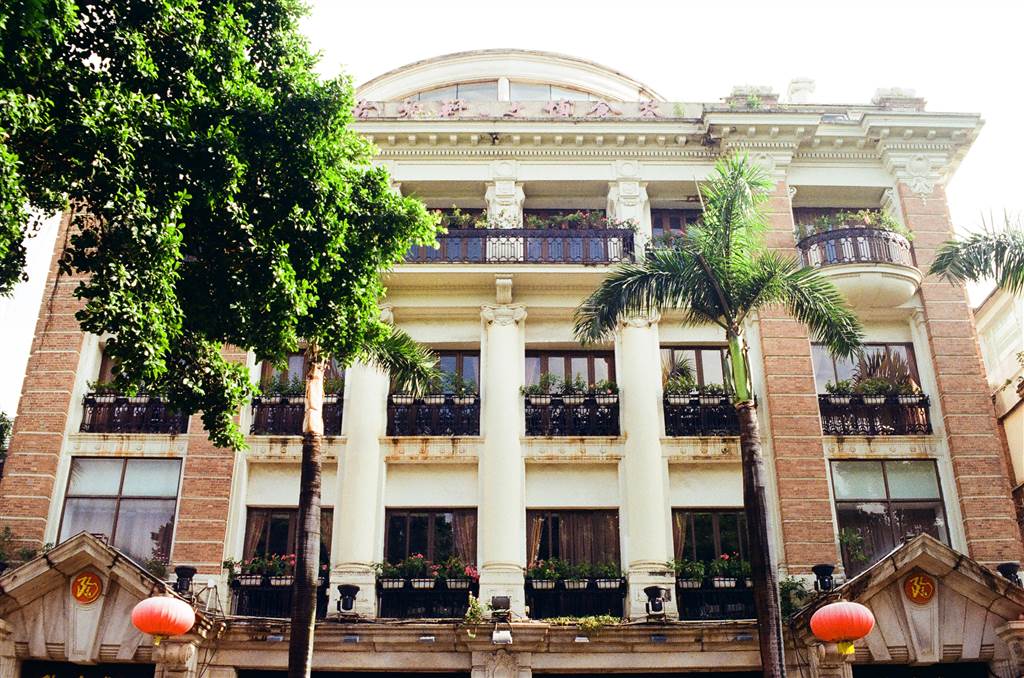
After touring at the Yongqing Fang, I returned to the guesthouse to rest a bit. I was very eager to see my room. I also hoped to take a quick shower to cool down.
It was rainy season in Guangzhou and literally ten minutes after I returned to my room, a thunderstorm came. That stalled all my plans for sightseeing in the late afternoon.
The next morning, I was ready to go at 7:00am. Just as I was tying my shoelace, another storm came. The rain seemed to have stopped 20 minutes later, so I decided to head out as planned. The itinerary of the day was Shamian.
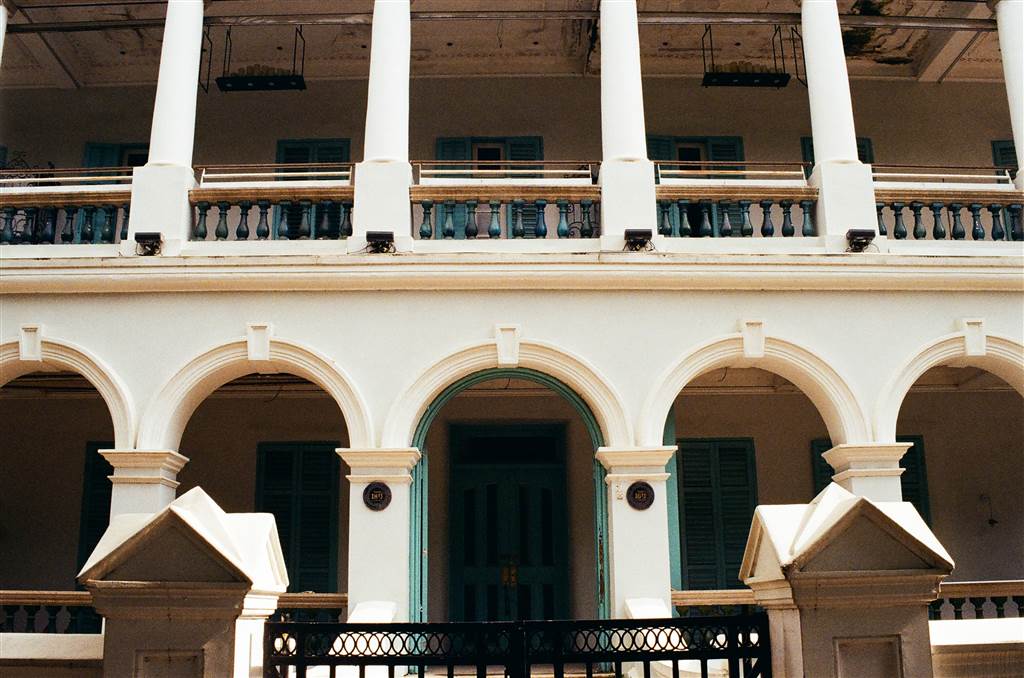
The Shamian Island
Shamian is a sandbank island on the southern edge of Liwan District in Guangzhou. Situated on the riverside of the Pearl River, the area was, for centuries, a foreign trading post. Shamian’s role as the conduit of trade spanned the Song, Yuan, Ming and Qing Dynasties. It was also a place of leisure and tourism as well.
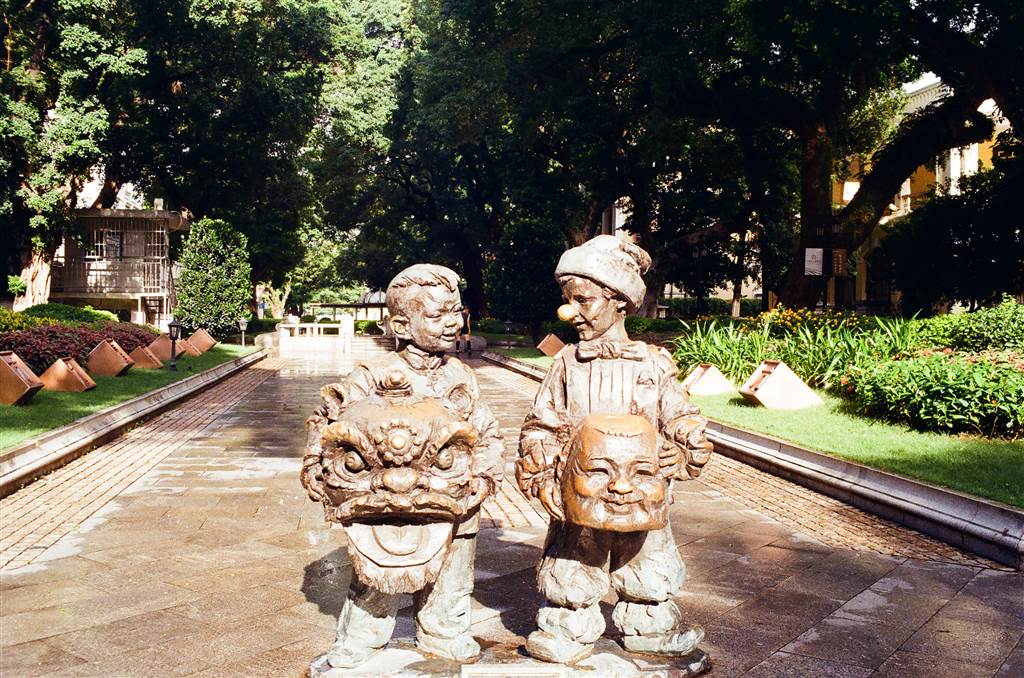
In the more recent 19th century, Shamian was a location of heavy foreign presence. Many countries have set up their consular offices in this area. In fact, the Polish Consulate of Guangzhou is still in Shamian today. Needless to say, it was also a prime location for business operations, such as foreign banks and trader offices (the “Hongs”—like the Thirteen Factories).
This would be the appropriate moment to bring back the memory of the Thirteen Hongs of Canton. This history is closely related to Shamian as we know it now. In 1856, the Second Opium War broke out. Great Britain launched extensive firepower against Guangzhou. This touched off a wave of local protests that resulted in the Thirteen Factories Enclave being burnt to the ground. The Second Opium War would last till 1860, during this time the British had taken control of Guangzhou.
Given Shamian’s historic role as a trading post, it came as no surprise that Shamian was eyed by the foreign powers as their foothold in Guangzhou. Shamian became a concession area for Great Britain and France beginning in the 11th year of the Xianfeng Reign (1861). The British abandoned the plans for rebuilding the Thirteen Factories Enclave, and instead looked to build Shamian.
Shamian was made into an island when the British dug a canal that cuts off the 0.3km2 area from its natural terrestrial attachment. A cluster of buildings with exceptional colonial architecture came into being when Great Britain and France took over. The colonial-style buildings, which came in a variety of European architectural styles such as Neo-Baroque, imitated Gothic, neo-classical and Chinese eclectic, made this whole area an “open space museum” that it is today.
The concession area would remain under British and French control until around 1943. By that time Japan had already launched a full-on war in the pacific. The control of the area was handed to the puppet government of Wang Jingwai. He had agreement with the Japanese government, and his administration was short-lived and limited in scope.
Shamian Today
One of the main reasons why I went to Guangzhou was to see Shamian. The area’s quasi-colonial history is in the same vein as the history of the Thirteen Factories, which was in shamian’s vicinity. This history of Liwan is furthermore closely related to Hong Kong. After the Second Opium War, Kowloon was ceded to Great Britain pursuant to the Convention of Peking. As I was born and raised in British Hong Kong, the developments of this history in Guangzhou were what will eventually shape my early life.
Shamian spans an area of 0.3km2 and land access is by bridges.

When I arrived, I first noticed the wonderful old trees that are everywhere in the district. Although in a somewhat rainy morning they looked a little eerie, I found them to add a touch of antiquity to the scenery.

It is a pity that there was no individual introduction to the buildings themselves and their former use. But most of the buildings were in good condition. There were a wide array of architectural styles. Every building looked different.
A very pleasing sight is the thoughtful placement of bronze statues all over the Shamian area.
I also took some time to see the Pearl River. It supplies the water that I drink daily in Hong Kong, and therefore it is literally mother nature for me.
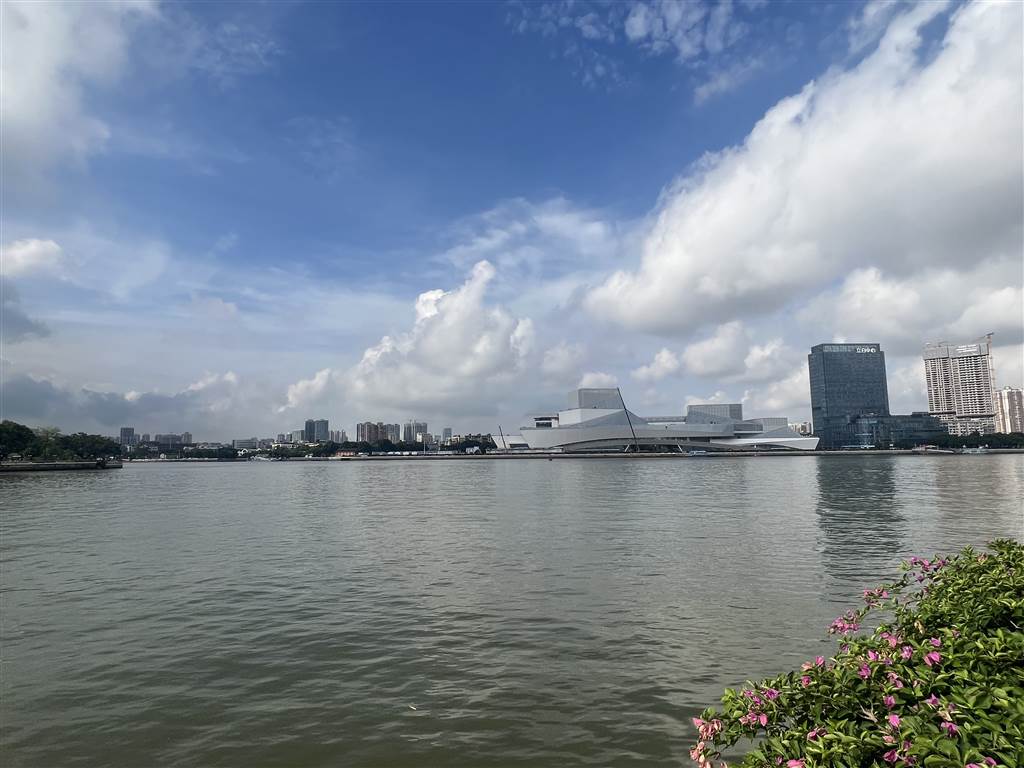
In any park space in China, you can always observe recreational activities. It is no exception in Shamian. People do their taichi, play their badminton and practice dancing.
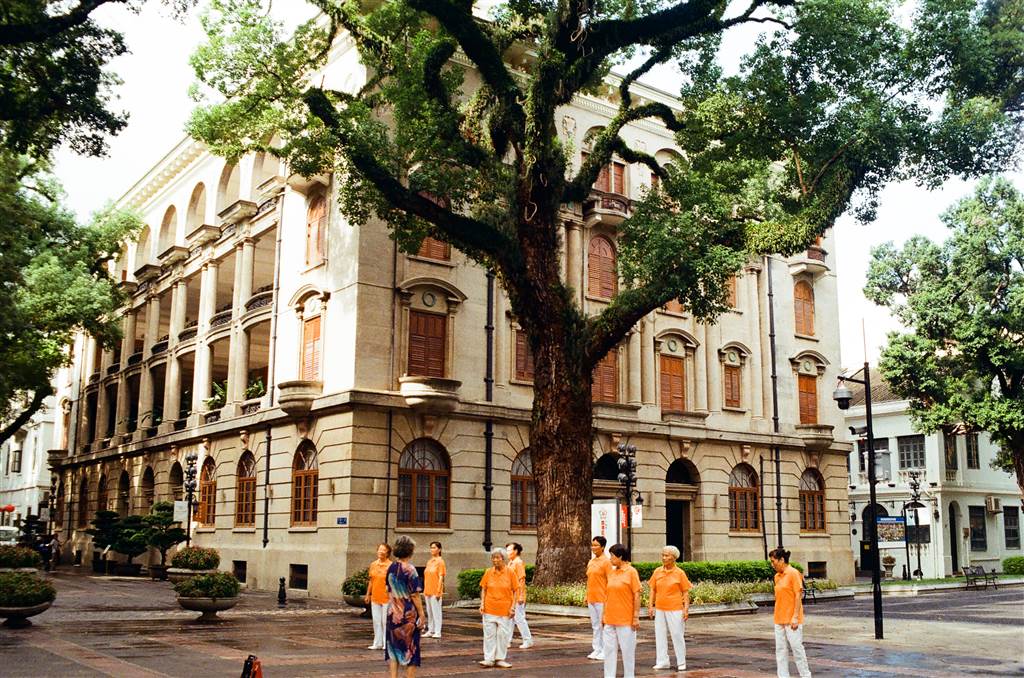
Allow for two hours of touring to see all the nice colonial architecture in the area. The many food and dining establishments in the area offer you the opportunity to sip coffee in a heritage building.
Yangcheng Tong
The Yangcheng Tong is the store-value payment card that enables convenient e payment in Guangzhou’s public transportation system, including the Metro and the buses. You may acquire one at the 7-11’s, but only with cash. The card itself costs 20 yuan, and you should top up at least 50 yuan to start.
If you do not have Yangcheng Tong, then you must set up Alipay or WeChat Pay for public transportation, and for bus fares I do believe you need another app that requires a China telephone number for registration. In all likelihood the Yangcheng Tong is a better option for tourists.
The reason why I needed Yangcheng Tong was that I had to take a bus to see the Sacred Heart Cathedral in the Yuexiu district. I could not activate the app for paying bus fare without a Chinese telephone number, so I acquired a Yangcheng Tong.
How to Get There
The closest Metro station to Shamian is the Huangsha Station on Line 1.
Sources
The Wikipedia on Shamian.
The Wikipedia on the Second Opium War.
The Wikipedia on Shamian (Chin).
Baidu on Shamian (Chin).

